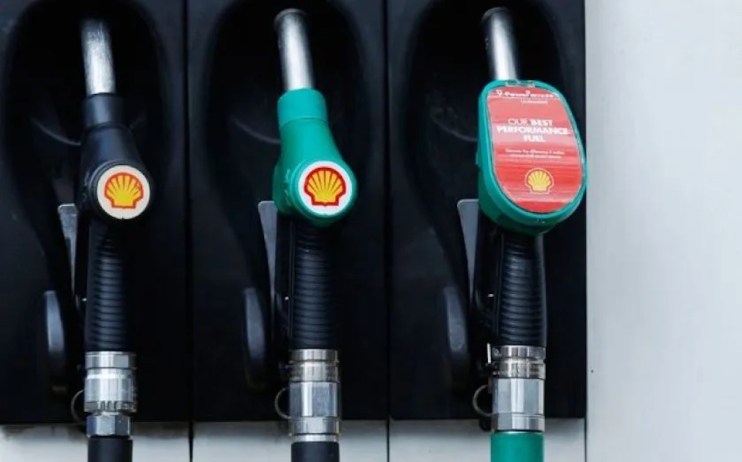Brits had most volatile year for fuel costs as CMA probe ‘rocket and feather’ pricing

Brits have suffered the most volatile year on record for fuel prices, as the Russian invasion of Ukraine and cost of living crisis continued to pile pressure on drivers the pumps.
New analysis published today show fuel prices rose by 50p a litre from January to July, which is the largest leap ever recorded. It then fell by 31p (petrol) and 14p (diesel).
The Competition and Markets Authority (CMA)’s Road Fuel Market Study was launched in July to investigate whether prices had been kept artificially high. The study followed an urgent review on whether the government’s cut in fuel duty earlier this year was passed onto the consumer in wake of the Kremlin’s invasion of Ukraine.
In its latest analysis, which includes information from company-level financial data, retailers and wholesalers, the CMA looks at fuel prices in the last five years, as opposed to just the 12 months since an urgent review was launched, published in July.
Its review showed that the gap between diesel and petrol prices had widened to the largest ever, with the former now costing 24p more per litre. Western Europe imports diesel from Russia, but largely not petrol.
It also highlighted that divergence in prices across local areas, with higher prices likely at petrol stations with fewer nearby competitors, or local supermarket forecourt.
This comes as supermarkets such as Asda, Tesco, Sainsbury’s and Morrisons have been criticised for not lowering their fuel prices, despite the whole case cost of steadily declining in recent weeks and months.
The volatility in fuel price costs has been met with rising margins for retailers. Between 2017-21, the difference retailers paid for fuel and consumers pay at pumps has gone up by between 2-3p a lite on diesel and 3-4p on petrol, though the CMA says the causes are not clear.
The CMA also said its analysis showed “no evidence” of what it calls ‘rocket and feather’ pricing before 2022. Nevertheless it said there was evidence of that behaviour earlier in the year, which it will investigate.
Rocket and feather pricing is when prices shoot up, but take a long time to come down.
It also said the cost of refining fuel had become more volatile, leading to higher pump prices. It said there was no evidence however this was due to issues relating to a competition and it was largely dictated by “global supply and demand”.
The CMA’s interim chief executive, Sarah Cardell said “it has been a terrible year for drivers, with filling up a vehicle now a moment of dread for many.”
The disruption of imports from Russia means that diesel drivers, in particular, are paying a substantial premium because of the invasion of Ukraine. A weaker pound is contributing to higher prices across the board too.”
While saying “there are no easy answers to this”, she added that “the question for the CMA is whether a lack of effective competition within the UK is making things worse.”
“Although it is only a small proportion of the overall price, the increase in margins for many fuel retailers over the last few years is something we need to investigate further. The key thing we need to establish next is whether this development is down to competition problems or not.”
Driving group the RAC’s fuel spokesman Simon Williams called it “encouraging the CMA has found evidence of ‘rocket and feather’ pricing taking place this year, we believe there was clear evidence of it happening this time last year and in 2018 and 2019.”
Volatility has unquestionably been an issue in fuel pricing since Russia invaded Ukraine but when wholesale prices trend down for weeks at a time drivers should see pump prices do the same at a similar rate – unfortunately our data shows that this is not often the case.”
He added there was now a “massive downward shift in the price of wholesale fuel with a slow dropping of forecourt prices” meaning road-users are “set for a more expensive time” at Christmas.
“We strongly urge the biggest retailers to lower their prices. Unfortunately, we fear they are holding out, hoping for a rise in the price of oil later this month.”